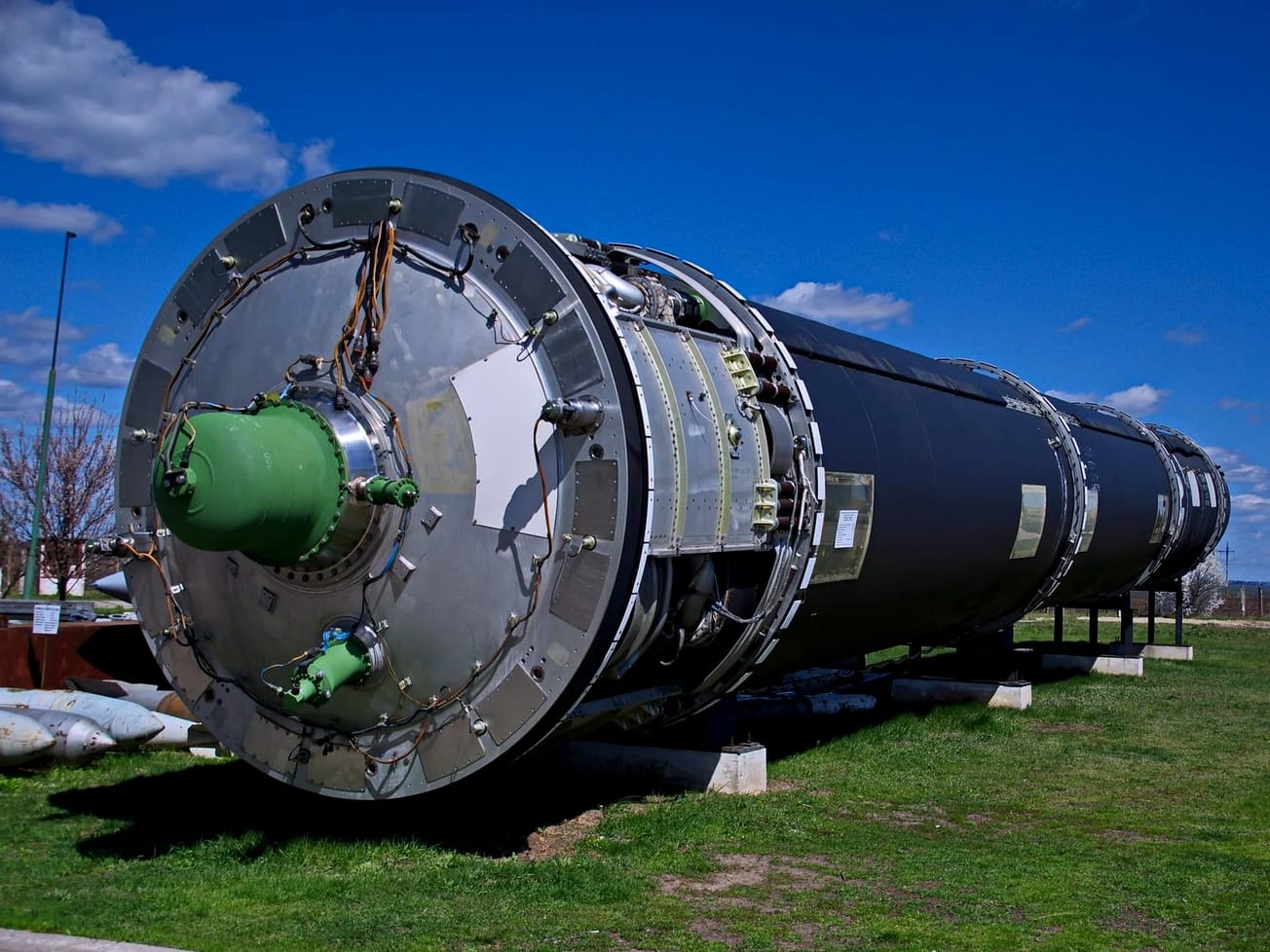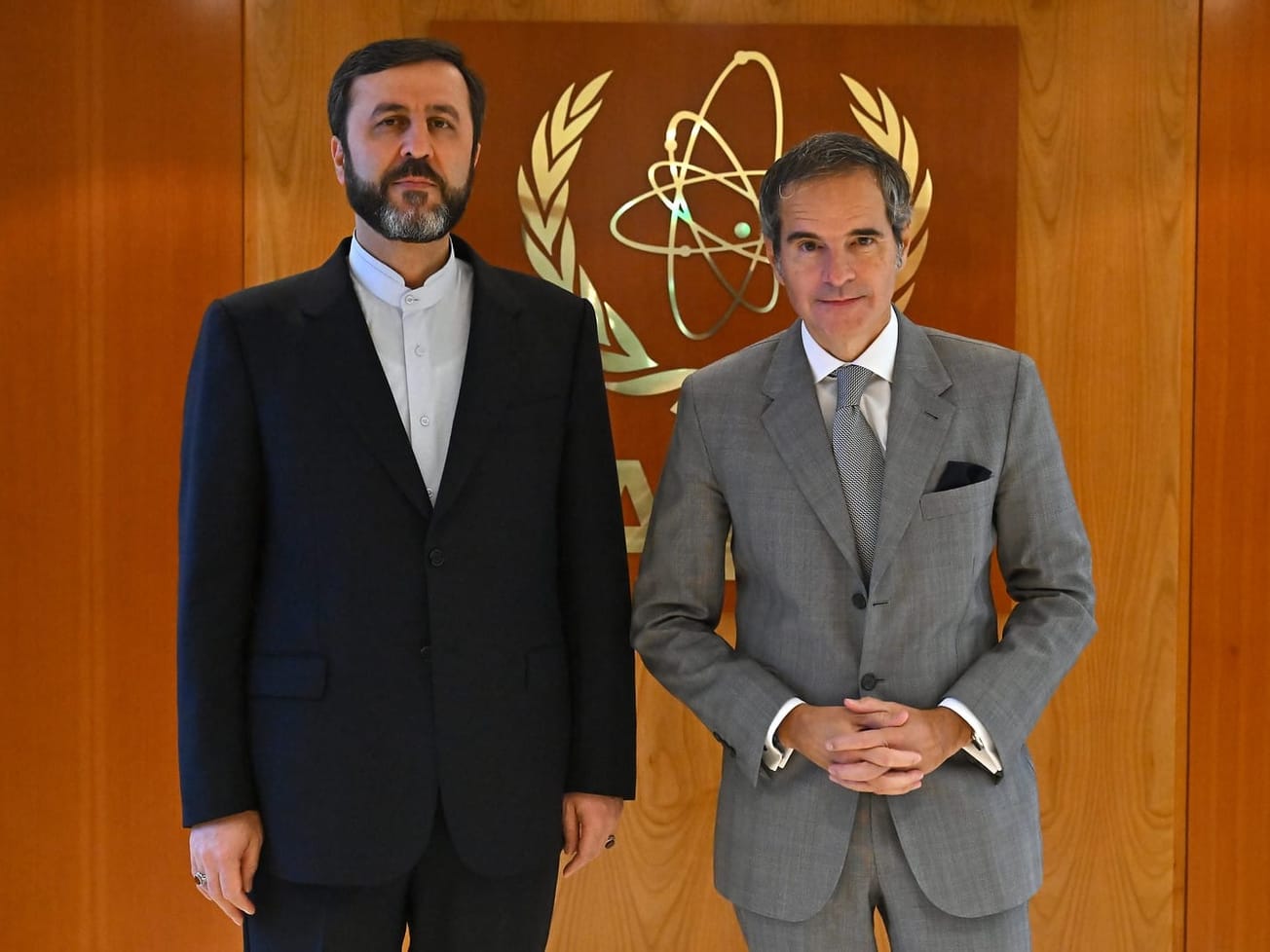GENEVA (AN) — The global inventory of nuclear weapons fell almost 2% but the number of ready-to-use warheads is dangerously on the rise.
As the nine nuclear-armed nations modernize their arsenals, some have deployed new nuclear-armed or nuclear-capable weapons systems, a Swedish think tank reported on Monday.









